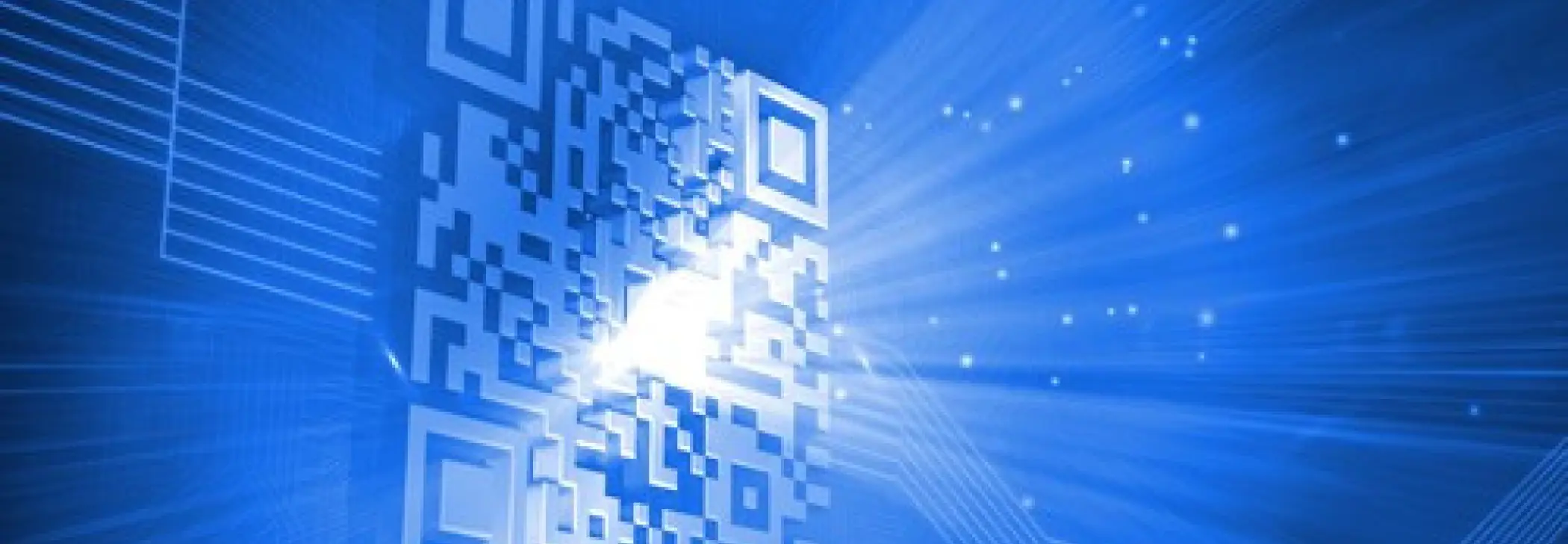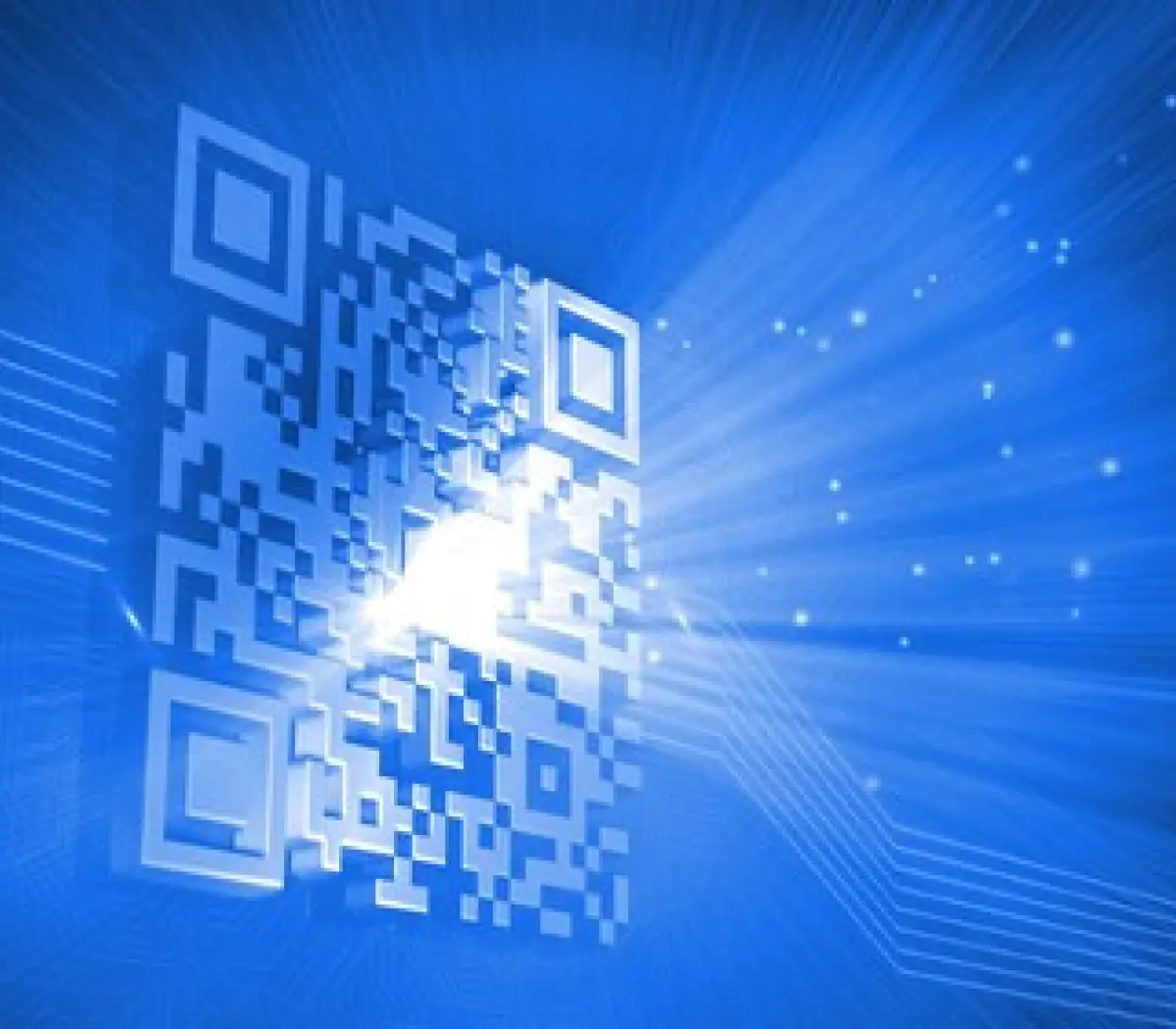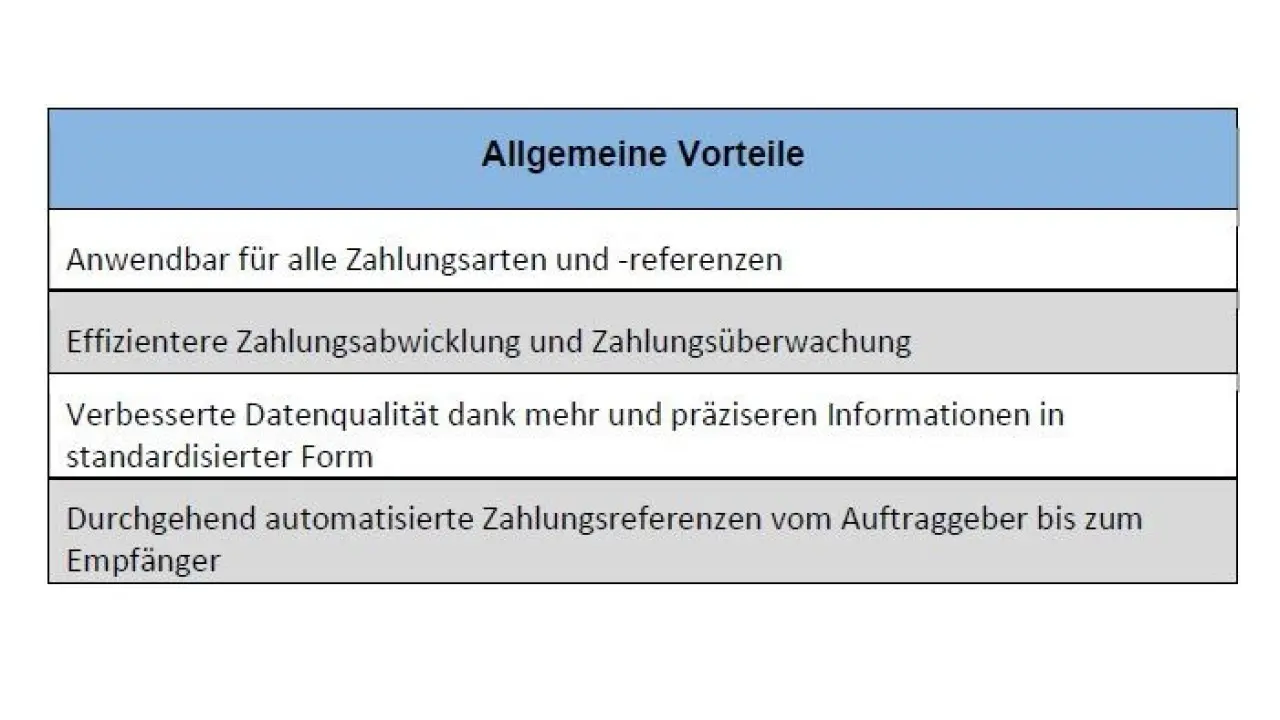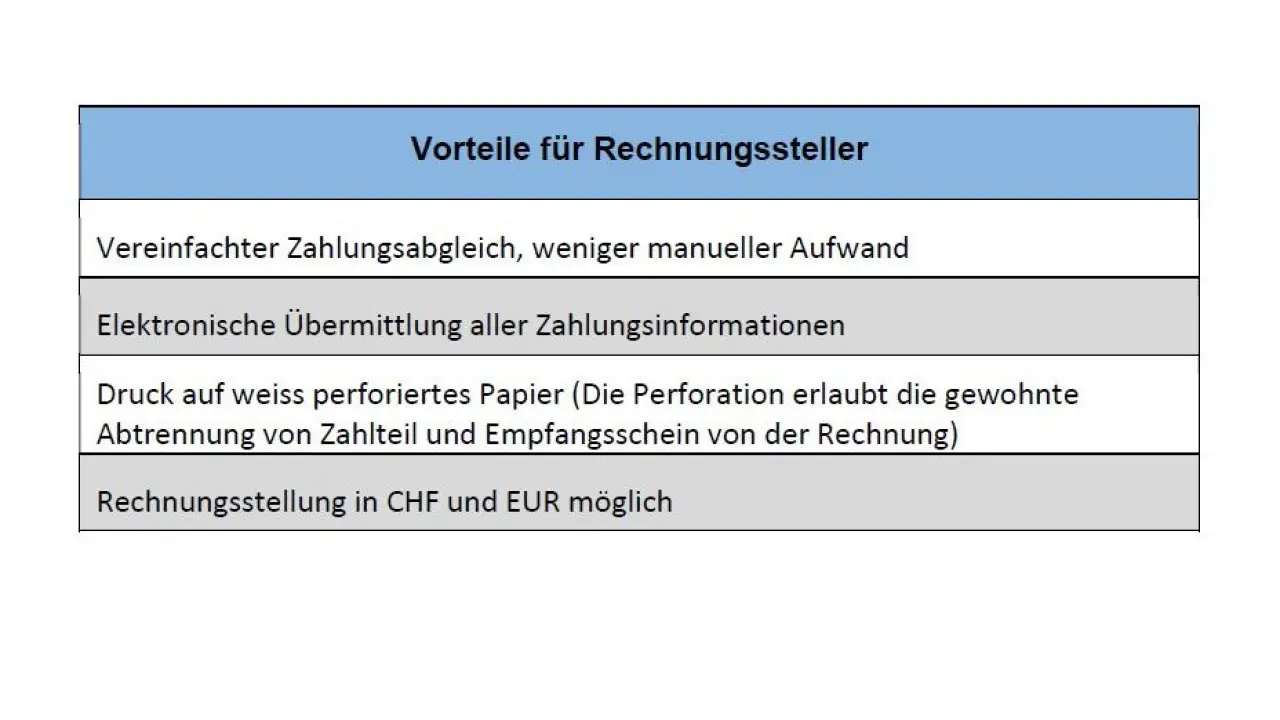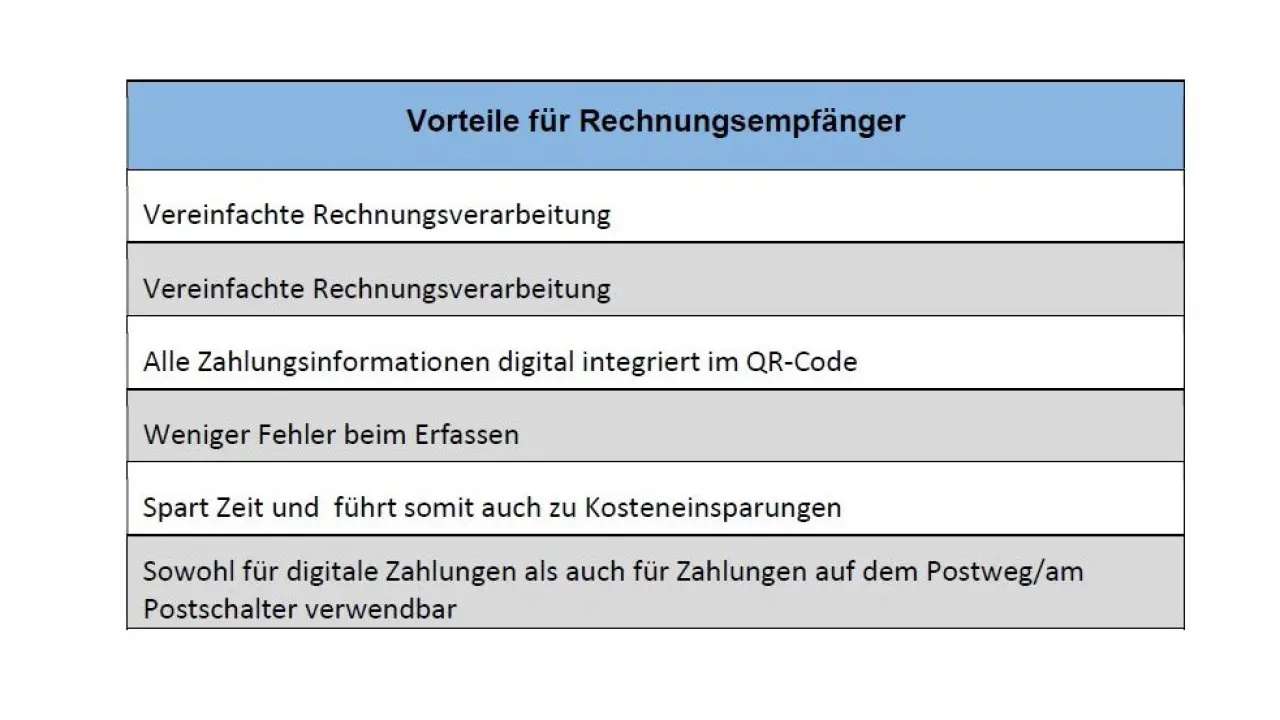QR-bill - One square contains all the information
Since mid-2020, the digital transformation has also reached the payment slip. We will be happy to show you what the QR-bill is and what advantages and disadvantages it offers.
Since the middle of last year, payments in Switzerland can be processed by QR-bill. Thanks to this technological innovation, digital payment transactions are to be promoted and standardized. Ramseier Treuhand AG has also converted its own processes to the QR-bill and would therefore like to briefly report on the new payment slip.
What is the QR-bill?
All the information required for the payment process is now integrated in a machine-readable QR code in accordance with a uniform standard. This will gradually replace the red and orange payment slips.
Payment process
By simply scanning the QR code on the invoice, the invoice recipient can automatically enter all payment and invoice information (IBAN, payee, etc.). At the same time, however, they are still free to edit the invoice details manually, as all payment information can also be found in written form on the payment slip in addition to the QR code. Once the QR-bill has been received, there are a total of five payment options:
E-banking: scanning the code in the e-banking application using a QR reader or an integrated camera on the device used
Mobile banking: Open the application on your smartphone and scan the QR code
Post office counter payment: still possible with a QR code invoice
Postal bank correspondence: send QR-bill with payment order on paper to the bank
Business software for companies: Scan the QR code using a document reader or cell phone app to simplify accounts payable (see below for more information)
Accounts receivable and accounts payable process
The QR-bill not only simplifies the actual payment process, but also the accounts receivable and accounts payable process, as it guarantees the biller an overview of incoming or outstanding payments at all times. In addition to more efficient recording of payment information, the recipient also benefits from the ability to record various invoice information automatically. This allows the recipient to post the invoice almost fully automatically, provided the invoicing party has entered customer-specific information in the QR code. Some accounting programs also allow QR invoices to be entered in PDF format. In this case, the QR code is read automatically and its information content is recorded in the program.
Tackling the changeover soon
According to the latest announcement from Postfinance, the red and orange payment slips will still be processed until September 30, 2022. However, it is to be expected and makes sense that the vast majority of billers will switch over in the course of 2021.
For a smooth implementation, we recommend that you first contact your IT partner and get in touch with your house bank.
